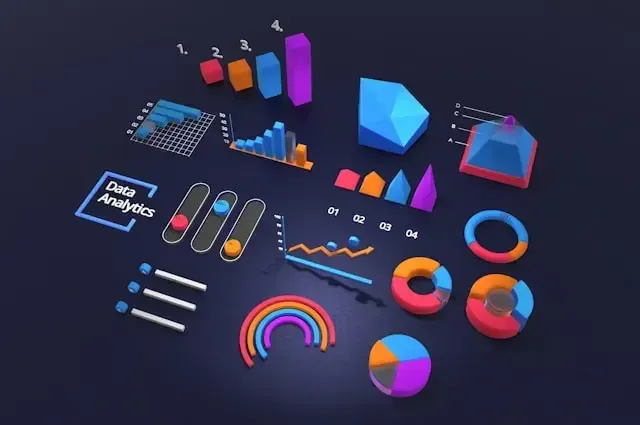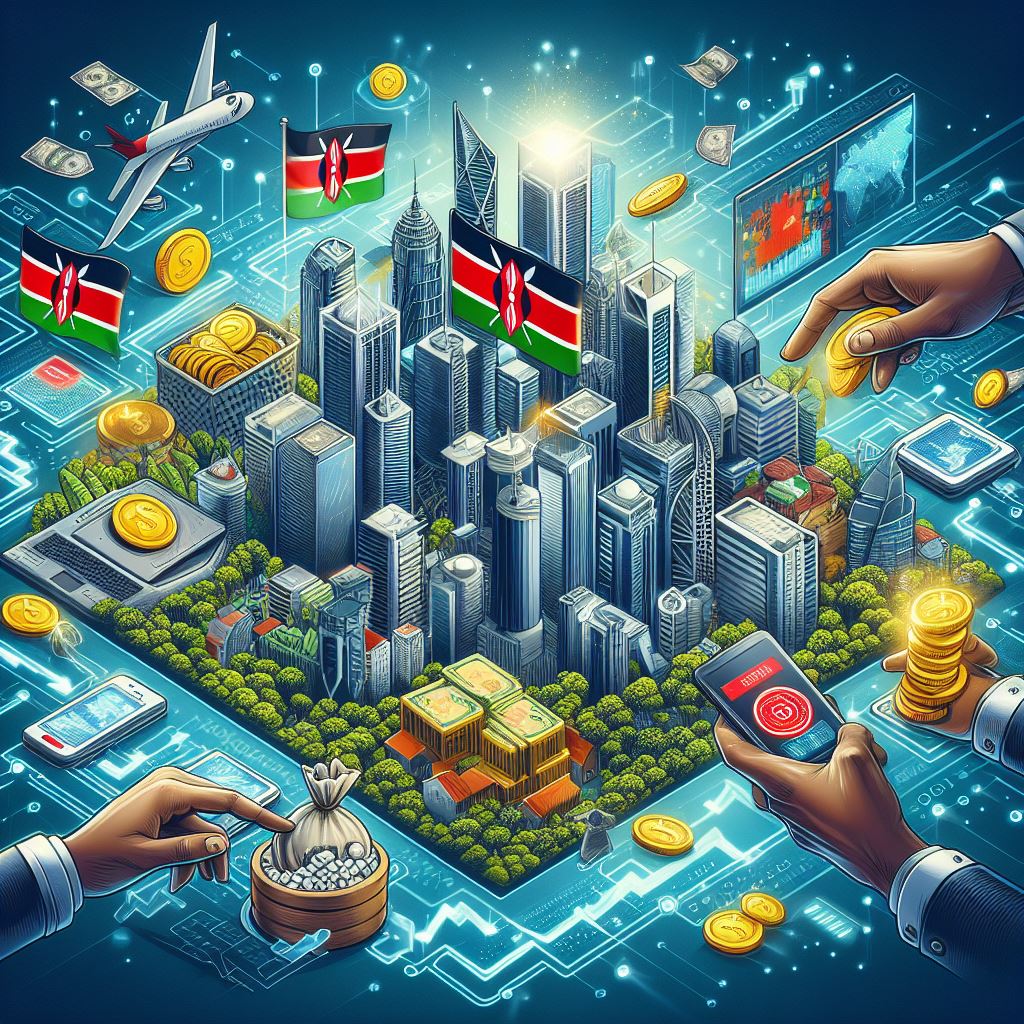Explore the transformative potential of regenerative agriculture in combating climate change. Delve into the evolution from organic to biodynamic and regenerative farming, highlighting their principles, benefits, and challenges. Discover how these sustainable practices can restore ecosystems, enhance biodiversity, and support a resilient future.
Introduction
Organic farming is one of the strategies used in farming whereby the focus is laid on the improvement of the health of the ecosystem. In contrast to typical farming practices that harm the land over time, regenerative practices aim at enhancing the soil’s condition, boosting biological diversity, and building up the capacity of natural systems. This is not limited to sustainability but it proposes an actual improvement to the environmental conditions as it seeks to undo the harm that industrial farming practices have caused. Given that climate change is increasingly becoming rampant and worldwide populations continue to rise, the requirements for increased production systems that are more sustainable and climber resilient have never been felt more keenly.
It has become obligatory to implement sustainable farming methods in order to reduce effect of climate change. Mainstream agriculture enhances the emission of greenhouse gases, hostility to the land by way of deforestation and negative impacts on the soil. On the other hand, regenerative agriculture aims at increasing carbon storage in the soil, improving water holding capacity and supporting biotic diversities and all these go a long way in mitigating climate change. Bio-dynamic farming is part of the organic farming practices that have given rise to sustainable agriculture, but regenerative takes it a step further giving maximum solutions to both environmental and social concerns.
It has become obligatory to implement sustainable farming methods in order to reduce effect of climate change. Mainstream agriculture enhances the emission of greenhouse gases, hostility to the land by way of deforestation and negative impacts on the soil. On the other hand, regenerative agriculture aims at increasing carbon storage in the soil, improving water holding capacity and supporting biotic diversities and all these go a long way in mitigating climate change. Bio-dynamic farming is part of the organic farming practices that have given rise to sustainable agriculture, but regenerative takes it a step further giving maximum solutions to both environmental and social concerns.
Organic Farming: A Foundation
Organic farming is act of farming naturally, that is without the use of chemicals, poor quality water and untamed electricity on the crops and animals that are to be produced. Organic farming is based on certain principles that include crop rotation, the use of compost, and no use of chemical fertilizers and pesticides. Organic farmers depend on natural enemies of these pests, thereby minimizing on chemical control measures that affect the non-target organisms including those that are beneficial to the crop. Another principle of organic farming is a tendency to preserve the soil’s health through the fertilizers that include organic matter and that contribute to the diversification of a biological base of soil production.
The USDA certification for any organic product means that the food has to go through severe standards and is considerably subjected to frequent inspections of its compliance to the set organic farming. To qualify for an organic rating, farmers have to refrain from the use of synthetic insecticides, bio technician’s crops, and specific fertilizers for a period of not less than three years. Farmers also have to practice some sort of methodologies such as crop rotation and the use of cover crops to restore soil productivity. Other procedures that are followed include inspection on farms, assessments on farm records, and chemical residue analysis to guarantee the consumer with ample faith in certified organic crops.
Biodynamic Farming: Holistic Practices
Biodynamic farming, which was advanced by Rudolf Steiner in the early part of the 20th century, is a farming system that focuses on both the ecology of the farm, the social moralities of farming and also spirituality of farming. While some aspects of this method are related to organic, this method goes further with the use of compost preparations, attracting plants growth according to lunar and cosmic cycles, and contributing to polycultures and crop rotation. Thus, biodynamic farming considers farm as a living organism in which the farmers and animals are part of the whole along with soil and plants. Techniques like composting and biodynamic preparations are meant to build up the soil fertility and health; this in turn helps to develop a sustainable agriculture system being able to overcome shocks that may arise from climate changes.
Self regulation is another of the key concepts in biodynamic farming this particularly focuses on identity and the interconnectivity of the life forms within the biodynamic farm. The biodynamic approach to agriculture enhances the niche of beneficial insects, birds, and other fauna that would keep pests and diseases under check. Besides, this approach is also effective in maintaining not only the health of the identified farm but also the general environmental health. In biodynamic farming, this earth, plants, and animals are interrelated and work together to enrich other major components hence restricting it from becoming a disease ridden, nutrient depleted system.
Regenerative Agriculture: Organic Search Going Beyond Organic
Regenerative agriculture is a holistic practice designed to rebuild the health of the soil; it is a practice pertaining to the ecosystem of farming. While organic farming is actually the avoidance of synthetic inputs, regenerative agriculture practices are intended reestablish soil organic matter, enhance biological polymorphism, and optimize agricultural ecosystems’ functions. They are; minimum tillage, living mulch, tree intercropping and preferable grazing. They help in solving problems such as manner in which water moves in the soil, compaction, and how carbon is stored in the soil, which has direct and deliberate effects on climate change.
The goals of regenerative agriculture go beyond production sustainability to restore the land to better than it was before. Therefore, through the improvement of its living creatures, regenerative farming will develop diverse ecosystems that are stable to adverse conditions such as adverse weather, pests as well as diseases. This approach also establishes the community and the welfare of the farmers noting that the health of farms will generate healthy communities. Thus, farmers could work towards creating more effective enterprises that can be used to improve agricultural and ecosystem prosperity in the long run.
Benefits and Challenges
Comparing organic, biodynamic and regenerative kind of farming systems, it is seen that, although there are similarities, each has its own strengths. Organic the fundamental system that addresses the issues of inputs and the soil, while biodynamic adds to it through complex and metaphysical concepts. However, regenerative agriculture evolves these concepts even further by seeking to rehabilitate and better the ecosystems. Regarding the type of practices and techniques that are characteristic of each approach, it is noteworthy that regenerative farming stands out from other models and approaches that we can apply to achieve sustainable agriculture since active restoration of natural delegated ecosystems is an essential matter in various ecological problems.
The shift to implementing regenerative practices is not without its drawbacks for farmers inherent in such a change. They also include the fixed costs of implementing change, the costs of communicating changes and training of employees, and the costs of waiting for the improvements to occur. There are even some market and regulations barriers threatening farmers which include barriers to structural change in favour of conventional farming system. Nonetheless, there is gradual enhancement of consumer knowledge and quest for sustainable food yields potential openings for farmers to practice restoration agriculture. Regarding these barriers, it could only be said that policy incentives for farmers, additional research, and market expansion for regenerative products are needed.
Conclusion
It can be argued that regenerative agriculture is one of the most pressing and relevant topics considering current global environmental issues. Thus, regenerative farming holds the potential of becoming a sustainable practice through the improvement of the health of ecosystems. It meets the existing global challenges regarding climate change, the preservation of the biological diversity, and the strengthening of the communities. With this in mind the author’s suggested that there is strength in a variety of farming practices and that everyone should embrace each other and work towards a better agricultural productivity.
Hence, it is evident that consumers have a responsibility in funding regenerative agriculture by their diets. Thus, if consumers can consistently choose products based on their environmental and social responsibility, there will eventually be high demand for regenerative practices. The role of a regenerative future can be achieved through advocating for policies and supporting local farmers for improvedregenerative agriculture. In this highly flexible, farmer-centric, consumer-friendly, and policy-related food system, farmers, consumers, and policymakers can cohesively build the type of food system that maintains and restores the planet.


























